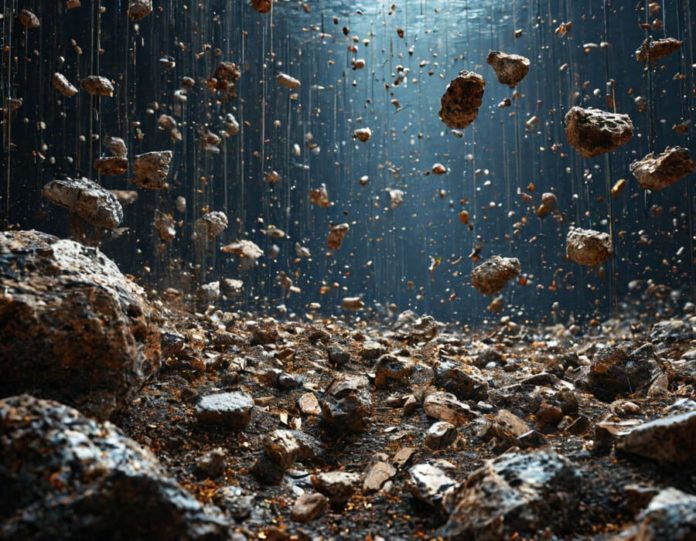Space debris, is becoming an increasingly pressing issue as we continue to expand our presence in space. From tiny fragments of defunct satellites to discarded rocket stages, this debris poses significant risks to both current and future space missions. Let’s dive into some recent incidents that highlight the growing threat and explore potential solutions to this challenge.
Recent incidents highlighting the danger
One of the most concerning incidents occurred in November 2021 when Russia conducted an anti-satellite missile test, deliberately destroying one of its defunct satellites. This test generated over 1,500 pieces of trackable debris, not to mention countless smaller fragments that are harder to monitor. The debris cloud created by this test posed an immediate threat to the International Space Station (ISS), forcing the crew to take shelter in their escape capsules as a precaution.
In another incident in May 2023, fragments from an old Chinese weather satellite collided with a Russian satellite, generating even more debris. This event underscored the fact that the problem isn’t just caused by new debris but by the collision of older objects that have been orbiting Earth for years.
These incidents are just the tip of the iceberg. With more than 34,000 pieces of debris larger than 10 centimeters currently being tracked and hundreds of millions of smaller fragments that are nearly impossible to monitor, the space around Earth is becoming increasingly congested and hazardous.
The growing threat to space operations
Space debris poses a significant threat to operational satellites, which are crucial for everything from weather forecasting to global communications. A collision with even a small piece of debris can cause catastrophic damage to a satellite, leading to disruptions in the services it provides.
The risk is also escalating for human spaceflight. The ISS, for example, regularly performs “debris avoidance maneuvers” to prevent potential collisions. As the amount of debris increases, so does the frequency of these maneuvers, which are both time-consuming and costly.
Potential solutions to mitigate the threat
Addressing the space debris problem requires a combination of preventative measures and active debris removal.
- Improved tracking and monitoring: Advancements in radar and optical systems are improving our ability to track debris, but there is still a need for more comprehensive and accurate monitoring. International cooperation is essential in sharing data and coordinating efforts to track and predict the movement of debris.
- Designing spacecraft to minimize debris: One approach is to design spacecraft with features that reduce the creation of debris. For example, using materials that burn up more completely upon re-entry or designing satellites to deorbit themselves at the end of their mission life.
- Active Debris Removal (ADR): Several concepts for actively removing debris from orbit are being developed. These include using robotic arms, nets, harpoons, or lasers to capture or deorbit debris. While promising, these technologies are still in the experimental stage and face significant technical and financial challenges.
- International regulations and policies: Establishing and enforcing international regulations to prevent the creation of new debris is crucial. This includes guidelines for responsible behavior in space, such as proper disposal of defunct satellites and prohibiting certain activities like anti-satellite weapons tests.
The growing threat of space debris is a complex and urgent issue that requires immediate attention. Recent incidents have highlighted the risks, not just to satellites and space missions but to the future of space exploration itself. While the problem is daunting, a combination of improved technology, innovative solutions, and international cooperation offers a path forward to mitigate this threat and ensure the sustainability of space activities for generations to come.













